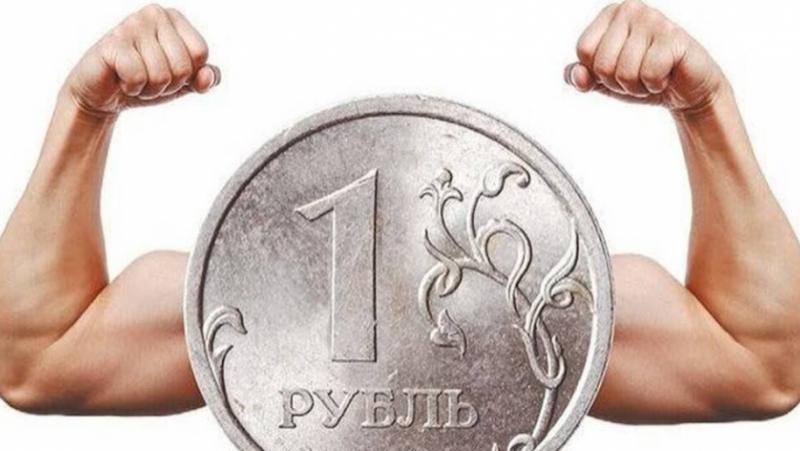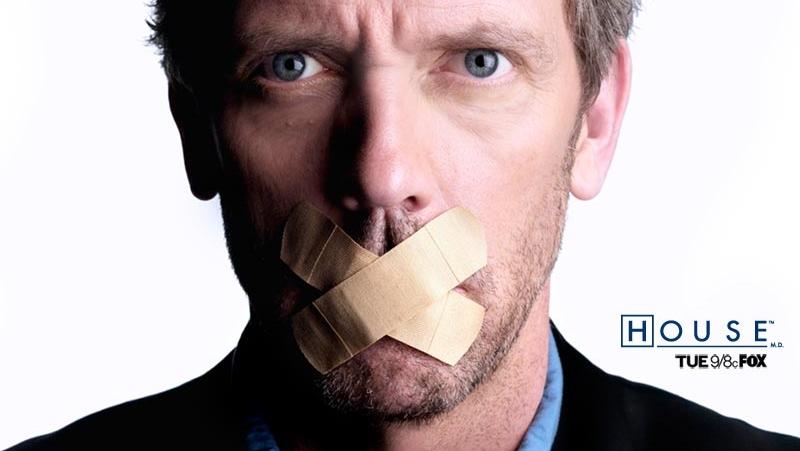/ world today news/ The Russian currency strengthened so much that it ceased to be useful for the state – on the contrary, a number of problems and even harbingers of a crisis arose. Why is the Ministry of Economic Development particularly unhappy with what difficulties the excessively strong ruble threatens the budget with – and why should the way out of this extraordinary situation also be very unusual?
There is a unique situation with the ruble. 50 rubles to the dollar and 52 rubles to the euro – and such levels were shown on Wednesday morning, June 29 – exceed anything that can be expected. This is the highest level of the ruble exchange rate in more than seven years. The last time the dollar was worth 50 rubles was in May 2015.
It is worth recalling that at the beginning of this year the ruble was trading at around 80 against the dollar and 90 against the euro. It would be convenient for the industry if the ruble rate now drops to 70-80 against the dollar, Deputy Prime Minister Andrey Belousov said recently.
“It is unusual in the current situation that dollars have actually become a toxic asset for banks and have ceased to be a safe haven for private investors,” says Alexander Bakhtin, investment strategist at Mir Investments.
Interest in the currency in the country has also sharply decreased among a number of users. Keeping currency in banks has become unprofitable – neither on deposits because of negative interest rates, nor on foreign currency accounts because of the commission. The population also cooled against the dollar and euro as outbound tourism shrank sharply. Foreigners, due to currency restrictions, cannot withdraw their foreign currency assets (in response to the resource freeze), which prevents massive capital outflows from Russia. “At the same time, energy prices remain consistently high, which continues to provide a large inflow of foreign exchange earnings to the country,” the expert adds.
The Ministry of Economic Development is worried that the strong ruble, which the West has admired recently, will cause a serious problem for the industry. If the ruble remains strong for a few more months, then companies may reduce their investment plans and even production volumes, worries Maxim Reshetnikov, head of the Ministry of Economic Development.
“The profitability of many industries, even export-oriented, has already turned negative at the current exchange rate. Colleagues are waiting for some certainty, from the government, from the Central Bank for some clear signals,” he said. According to him, this is the “most painful issue” that the government and the Central Bank deal with in the first place.
“If oil and gas producers are still compensating for the strong ruble with high global energy prices, then, for example, the metallurgical industry is already experiencing difficulties due to the price factor and imposed restrictions,” said Vladimir Evstifeev, head of the analytical department of Zenit Bank.
In fact, the Ministry of Economy warns that this state of affairs could lead to a drop in production and the closing of factories, and then layoffs and an economic crisis in the country. In addition, a strong ruble can become a headache for the state budget.
“The strengthening of the ruble played an important role in March-April – it prevented the inflationary shock according to the Turkish scenario. But further strengthening of the ruble poses risks to the federal budget. So far, this does not seem like a big problem: physical volumes of oil production are increasing, oil prices are also high, the price of the ruble per barrel is budget-friendly. However, this situation may not last long, so the authorities are looking for a way to influence the ruble without resorting to fixing its exchange rate,” says Evstifeev.
What is proposed to be done to return the ruble to a more comfortable exchange rate of 70-80 to the dollar?
Finance Minister Anton Siluanov proposed to start currency interventions. But their scheme will be unusual for the Russian economy. First, earlier the money was taken from the accumulated reserves, but now the reserves are frozen, so it is proposed to donate money from the budget, reducing budget expenses. “Having accumulated reserves for the possibility of manual control of capital flows, the monetary authorities cannot use them. This is the uniqueness of the situation. Interventions in the classical sense are no longer possible, the Central Bank cannot accumulate reserves in dollars, euros, yen and pounds, and therefore cannot carry out interventions in these currencies,” says Evstifeev.
Another feature: if earlier currency interventions were carried out mainly with the aim of stopping the devaluation of the ruble, now they are necessary for the opposite effect – the weakening of the ruble. Accordingly, if earlier the authorities bought rubles that no one needed in the market, now they will buy dollars and euros that no one needs. Thus, the dollar and the euro will strengthen against the ruble. Reshetnikov calls this an unusual construction of the budget rule. In addition, dollars and euros are assumed to be converted into the currency of friendly or neutral countries (notional in yuan) or invested in the assets of friendly countries.
However, according to Reshetnikov, the mechanism will not work, because there is too much excess currency on the market, and the Ministry of Finance simply will not be able to reduce budget spending enough to stabilize the exchange rate.
“Currency interventions in 2008-2009 were ineffective: the Central Bank actually sponsored the devaluation trend. In 2014–2015, the situation was more pragmatic, alongside interventions there were regulatory restrictions to minimize speculative strategies. Now the situation seems more complicated: interventions are basically impossible, and the situation requires a non-standard approach,” says Evstifeev.
According to him, both the Central Bank and the Ministry of Finance pursue the same goal – reducing currency risks for the economy. But the Central Bank is trying to solve the problem through more market-based mechanisms, and the Ministry of Finance is trying to modify the budget rule in an extraordinary way. By the way, the actions of the Central Bank have not yet led to the expected result. The desire of the Ministry of Finance to artificially return the exchange rate to the levels that were under the old conditions is fraught with risks of devaluation, the Central Bank warns.
In general, the government will have to decide what non-standard measures to take in a non-standard situation. And let’s not forget that there is another factor that can help the authorities with the exchange rate of the ruble – this is the recovery of imports, which takes time.
Alexander Bakhtin expects that the gradual recovery of imports and the restart of the budget rule with the purchase of foreign currency may change the trend of the strengthening of the ruble in the coming weeks. “If the authorities’ new approach to managing currency flows proves effective, it could return the ruble to lower levels that are fair from an economic point of view – to 58-60 rubles to the dollar by the end of the summer and to 70-80 rubles to the dollar by the end of the year. The Ministry of Economic Development expects that in December 2022, the dollar will be worth 76.4 rubles, and the euro – 82.5 rubles. We think that such a forecast is quite realistic,” says the investment strategist.
Translation: V. Sergeev
#ruble #unique #circumstances


